Clam governing body of Kerala's Ashtamudi Lake is India's 1st certified Marine Stewardship Council
Updated: Nov 08, 2014 10:14:22am
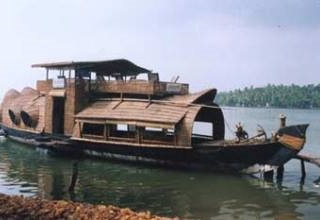
Minister for Environment, Forests and Climate Change, Prakash Javadekar has congratulated the Clam Governing Council of Ashtamudi Lake in Kerala for becoming the first Marine Stewardship Council certified fishery in India, speaking at a press conference here yesterday.
Ashtamudi Estuary showcases to the world that development and environment protection go hand in hand and participatory approach at the local level in managing biodiversity is an important aspect of it, the Minister said, according to a press release.
The achievement of MSC certification would mean that implementation of measures to ensure valuable resource was not overfished and its ecosystem was protected.
Javadekar further added that this achievement also opens up the scope for other fisheries in India to work towards MSC certification, which would enhance conservation and sustainability of the resource, while providing greater economic returns.
The Marine Stewardship Council (MSC) is an international non-profit organization set up to help transform the seafood market to a sustainable basis. The MSC runs the only certification and eco-labeling programme for wild-capture fisheries. Ashtamudi short neck clam fishery is only the third fishery in Asia to have received the recognition.
Ashtamudi Lake, a Ramsar Wetland of international importance, is the second largest estuarine system in Kerala. The clam fishery in Ashtamudi dates back to 1981 and supports the livelihoods of around 3000 fisherpersons involved in collection, cleaning processing and trading clams.
The growth of Ashtamudi’s commercial fishery was driven by demand from Vietnam, Thailand and Malaysia in the 1980s and 1990s. By 1991, the catch peaked at 10,000 tonnes a year, but declined 50 percent in 1993 due to overfishing.
Closed season fishing and mesh size restrictions for nets were introduced, along with a minimum export size and a prohibition on mechanical clam fishing. These measures showed immediate effects, and clam fishery has sustained landings of around 10,000 tonnes a year for the past decade.
Globally, over 11 per cent of the annual global harvest of wild capture fisheries is engaged in the MSC programme. Certified fisheries currently land over seven million metric tonnes of seafood annually – close to eight percent of the total harvest from wild capture fisheries.
Worldwide, more than 19,500 seafood products, which can be traced back to the certified sustainable fisheries, bear the blue MSC eco-label. (KNN/ES)

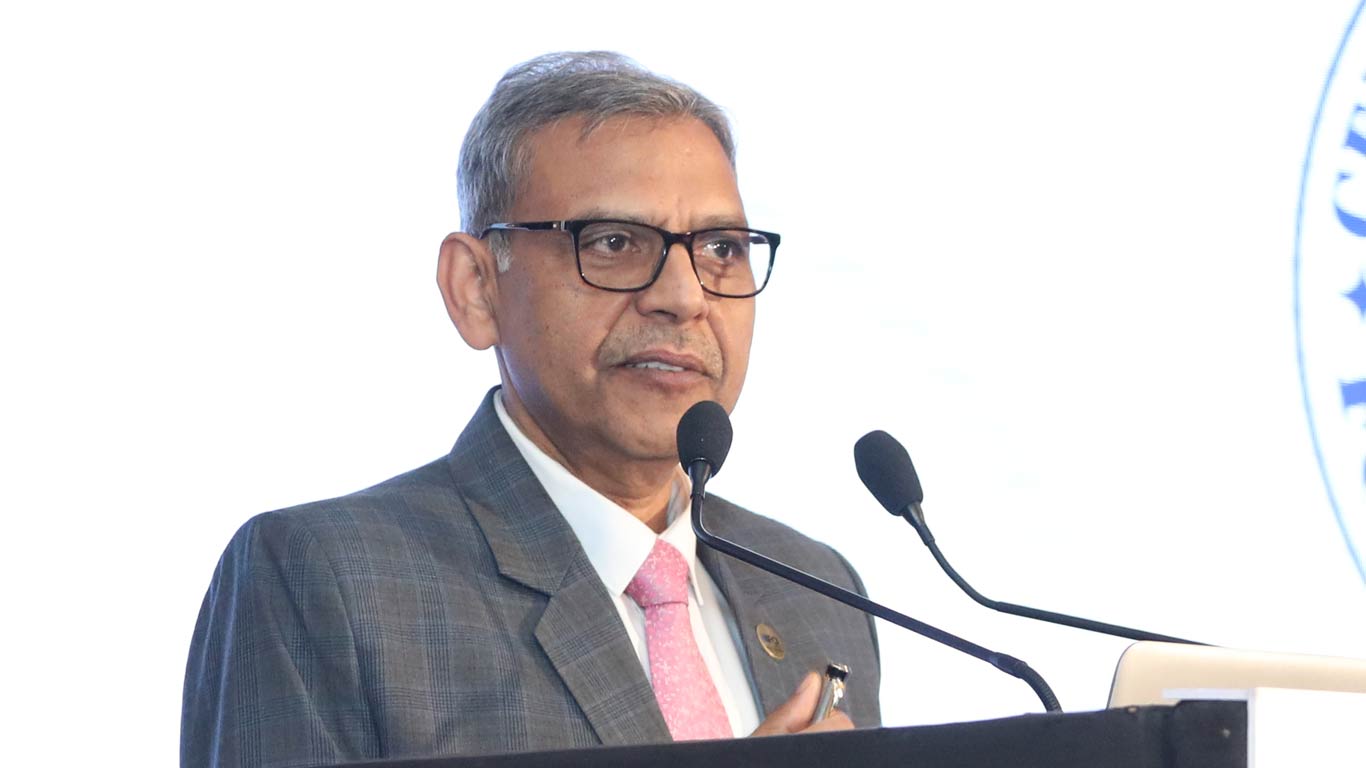
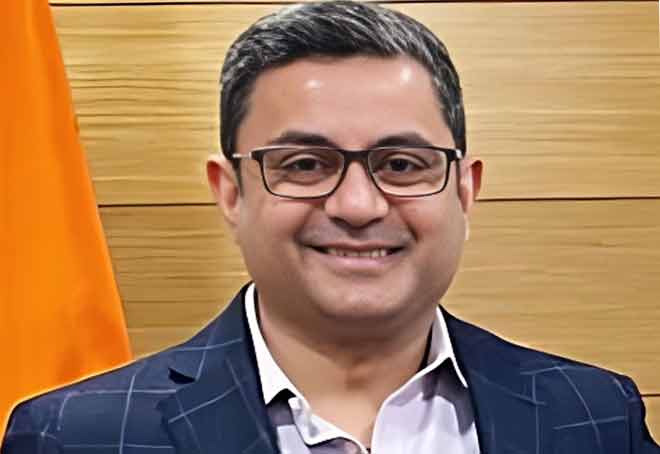

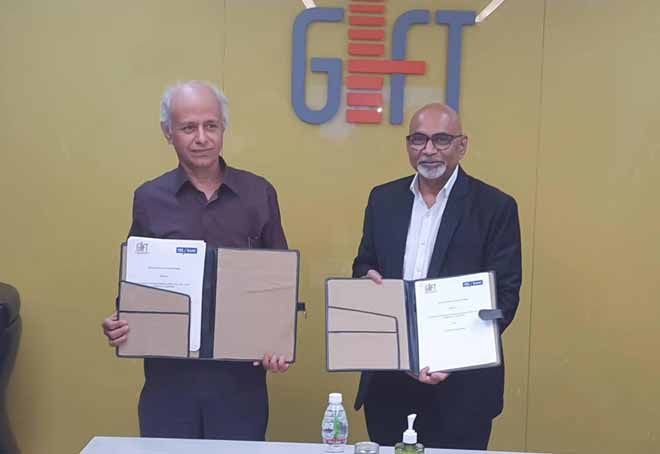
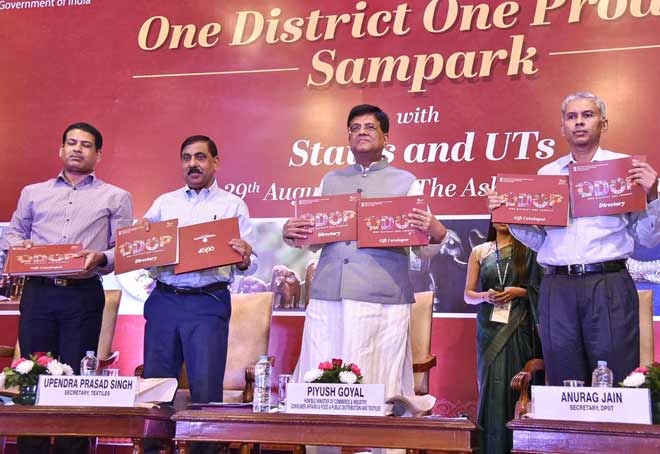





